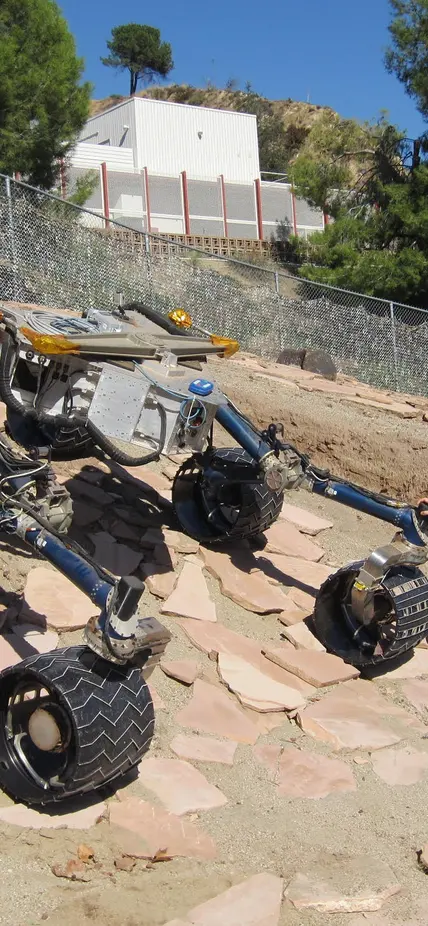Shaunna Morrison is a restaurant owner turned mineralogist who works at the Earth and Planets Laboratory as a Carnegie Research Scientist and the Co-Director of the 4D (Deep-time Data Driven Discovery) Initiative. She is drawn to new technologies and has forged her way to the cutting edge of mineralogy through machine learning, coding, and data science. She uses these skills to improve instrumentation as a co-investigator on NASA’s Curiosity Mars Rover mission and to help build a new framework for classifying minerals with Staff Scientist Robert Hazen. She is currently working on a collaborative NASA Astrobiology project called “ENIGMA” which merges Earth science and biology to nail down the timeline of Earth’s early protein development.
Morrison is also passionate about scientific outreach and uses her platform as a Curiosity investigator to build educational tools for kids. Middle schoolers who have been through her Mars Mission curriculum, which is currently in peer review, score higher on their standardized Earth science exams!
In the following interview, Morrison talks about her scientific endeavors, gives advice to people looking to switch careers to science, and shares her favorite mineral.
This interview has been edited for clarity and length.
First, tell us a little bit about yourself and your background.
I’m Shaunna Morrison and I'm a Carnegie Research Scientist at the Carnegie Institution for Science Earth and Planets Laboratory.
I did my Ph.D. in geoscience at the University of Arizona where I focused on mineralogy and crystallography—both on rare earth element minerals on Earth—and also crystal chemistry on Mars. I finished my Ph.D. in 2017 and joined Carnegie as a postdoc that year. I've been here ever since!
What are you studying right now?
I still study mineralogy in addition to planetary science, of course! Recently, I shifted my focus to looking at data-driven applications in Earth and planetary science, which has been pretty cool and pretty different.
Before that, I was doing a lot of lab work. I worked on the NASA Mars Curiosity Rover and I did a lot of X-ray diffraction experiments. It was a big shift to move into more of a data science pathway, but I really enjoyed it because it's something that's really new and it's a great challenge. Plus, I think there's a lot of wide-open opportunities in the field.
NASA ENIGMA Project
Recently, you’ve been working on a cross-institutional astrobiology project called ENIGMA. So, what’s the enigma of ENIGMA?
ENIGMA is a quasi-acronym that stands for Evolution in Nanomachines In Geospheres and Microbial Ancestors. Essentially, the job we have been tasked with is to understand the emergence and evolution of protein catalysts in life systems. Proteins are nanomachines, and the emergence of proteins that could convert chemical energy into useful biotic energy allowed life as we know it to develop on Earth. So, we’re trying to answer the question: “How did proteins evolve to become the predominant catalysts of life on Earth?”
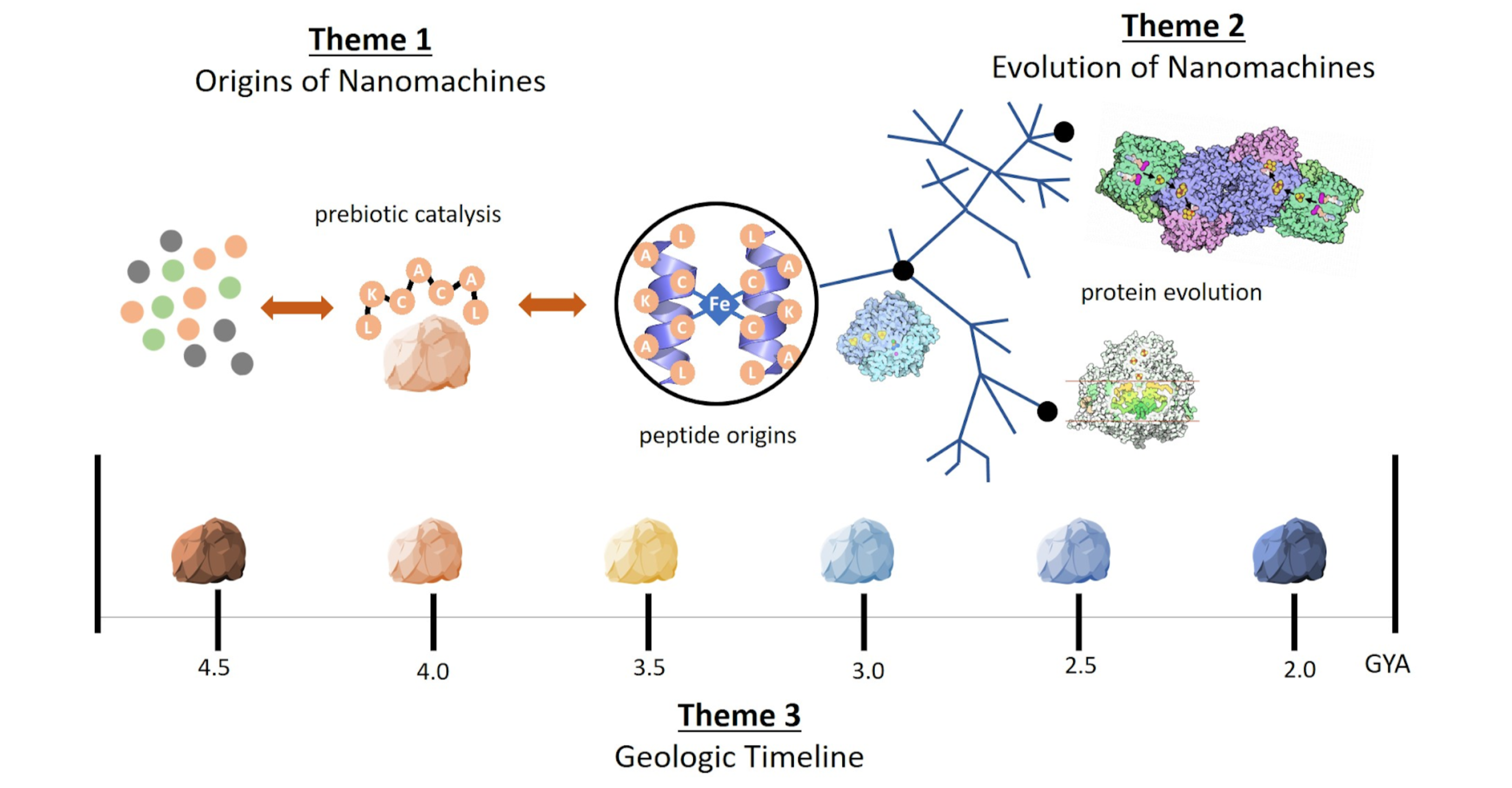
I obviously don’t directly study catalysis. The group is split into three different themes. What I work on is the environment and how Earth’s materials are related to the environment. I’m looking at the evolution and bioavailability of minerals through time. For example, we’re trying to figure out when proteins began to use copper. You might be familiar with horseshoe crabs, which use copper instead of iron in their blood
We know that at some point in the evolutionary history of certain proteins, we see an explosion in the use of copper. We don’t have protein or DNA samples from billions of years ago, but we do have rocks and minerals. If we can tie that explosion of copper in life to an explosion of bioavailable copper in the environment, we can pretty accurately tell when those proteins developed because we can date rocks.
If you don't have that Earth science component, coming up with an accurate timeline is really hard to do.
The ENIGMA team recently released this public-facing video along with educational resources for teachers who want to use the video as a classroom resource.
Tools of Science Case Study: E*NIG*MA Video >>
Curiosity Mission
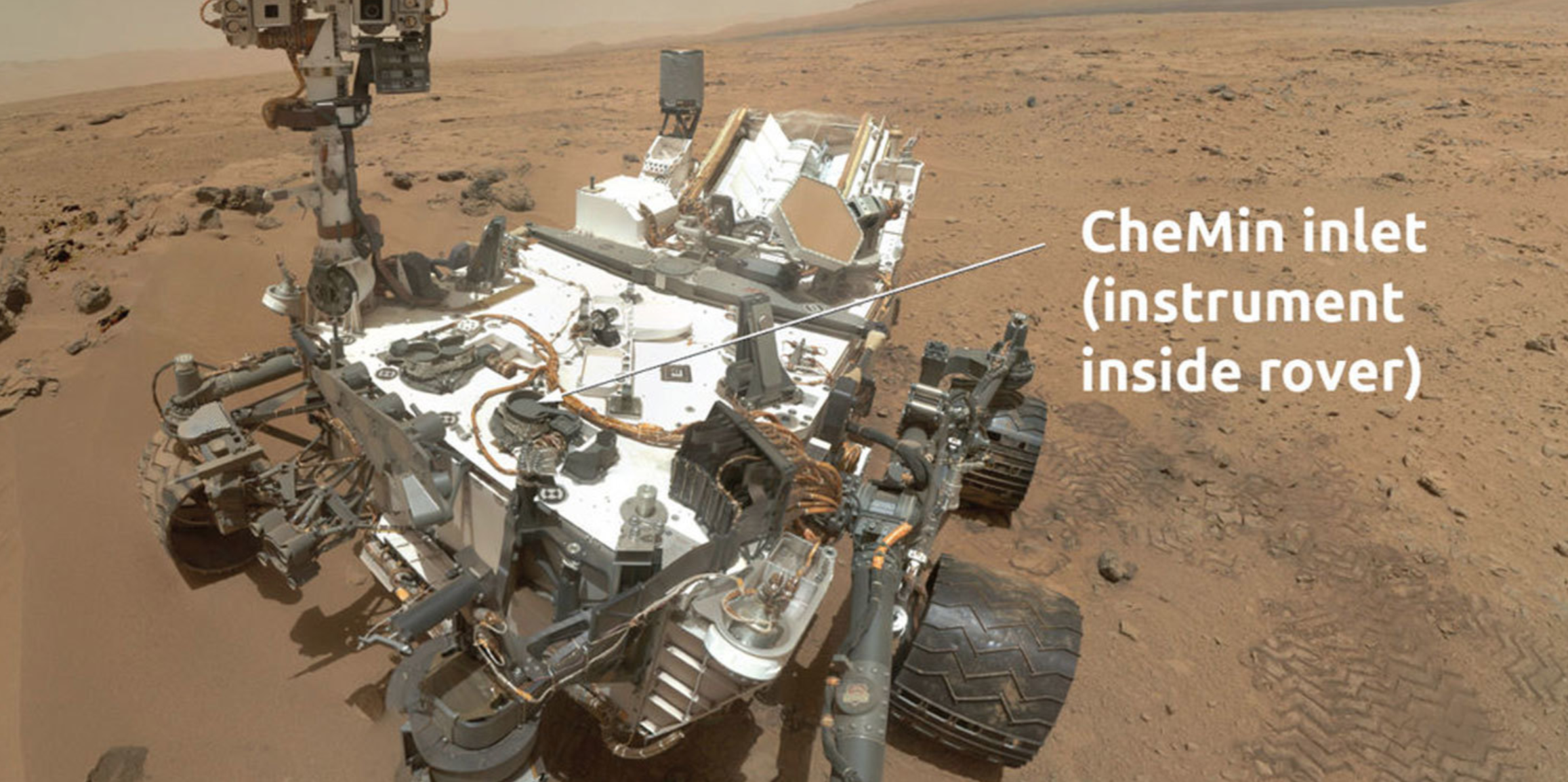
You’re also an investigator on the Curiosity Mission, right? What is that like?
Yes, I work on the Curiosity Rover Mission–Mars Science Laboratory. I'm a co-investigator on the X-ray diffraction instrument, CheMin. I got involved right at the landing and I've been involved ever since.
Most people were actually involved a few years before, so they had training prior to landing. Because I got involved at landing, my training was live. I was operating the Rover, desperately trying not to break it. I did actually break it a little bit a few times, but we were able to fix it.
I always joke that my life peaked when I got on the mission. It’s probably the coolest opportunity I've ever had.
What do you do on the Curiosity Mission?
I do X-ray diffraction experiments on Mars. I downlink the data and my overall goal is to use the data to tell us about the geologic history of Mars.
I’ve been very active on the team since the beginning, and I’ve made some important instrumentation upgrades. Basically, I made it so that you can use one of the instruments to determine the chemical composition of the minerals on Mars. On Earth, we do this with an electron microprobe, but if you’ve ever been in Emma’s lab here at EPL you see how big that is. It's bigger than the Rover itself. It would be impossible.
I developed these algorithms that allow us to use just the X-ray diffraction data—data about the crystal structure of rocks—to measure the chemistry. It’s a two for one. You get X-ray diffraction—which tells you the structure and what mineral it is—and now you can also know what the composition is. Those are the two main measurements you would do on Earth to determine what a mineral is and to understand its evolutionary and formational history.
I was able to make it into a really powerful instrument.
Now, I’m working on a paper about using X-ray diffraction in spacecraft because it's just so cool and you can do so much with it. It’s a powerhouse of mineralogy and it's the size of a shoebox.
What is X-Ray crystallography?
A mineral is a three-dimensional, solid object that is made up of these atoms that have a specific motif that is repeated in space. So, there's this base building block unit and it's called a “unit cell” that is repeated in three dimensions, such that it makes this very regular pattern. This very regular pattern can be observed with X-rays. So essentially you shoot X-rays at it and they bounces off the planes that exist within the crystal structure.
You can think of it as a lattice -we call it the crystal lattice, in fact. When you shoot X-Rays at the lattice, the rays hit them and bounce off in regular, systematic directions. This creates a diffraction pattern. We use the X-Ray diffraction pattern to tell us about the arrangement of atoms, and if you do it for long enough with the right sample you can actually tell what and where the individual atoms are.
The structure is one of two things that define a mineral, so you have this crystal structure from the repeated lattice and the chemical composition. I can get at both with X-Ray diffraction using the algorithms I wrote for Curiosity.
On Mars, we’re doing powder X-ray diffraction on soils and ground rocks, so we’re looking at a mixture of minerals and so the resolution is a little bit lower. However, we can still determine which minerals are present, in what amounts, and with my statistical and machine learning techniques, I can even determine the composition of each mineral phase in the sample.
Evolutionary System of Mineralogy
Speaking of defining minerals. Aren’t you working with Robert Hazen to build a new classification system for minerals that goes beyond crystal structure and chemical composition?
Yes, it’s called the Evolutionary System of Mineralogy.
The International Mineralogical Association (IMA) defines mineral species by their crystal structure and their idealized chemical composition. This chemical and physical schema is great and it’s critical to have. It’s very reproducible. However, these factors don’t tell us much about their formational environment. We're studying mineral evolution and how our planet has changed through time. So, we’re really interested in relating minerals back into their formational environments and processes - something that gets very complicated when you introduce systems that have been influenced by biology or wish to better understand similar environments on other planets.
Take pyrite for example. Pyrite forms in about 20 different types of environments, some of which have biological input and most of which don't.
So, if I've got a rover on Mars just tooling around and I find some pyrite, what does that tell me about the formational environment? It tells me that it was one of 20 different environments that might have had biological input or might not. That’s not super helpful. There are thousands of different types of environments and this narrows it down to 20. We can use other minerals and other clues about geologic context to narrow it down to only a few types of environments, but that’s not enough to determine whether or not life played a role in its formation.
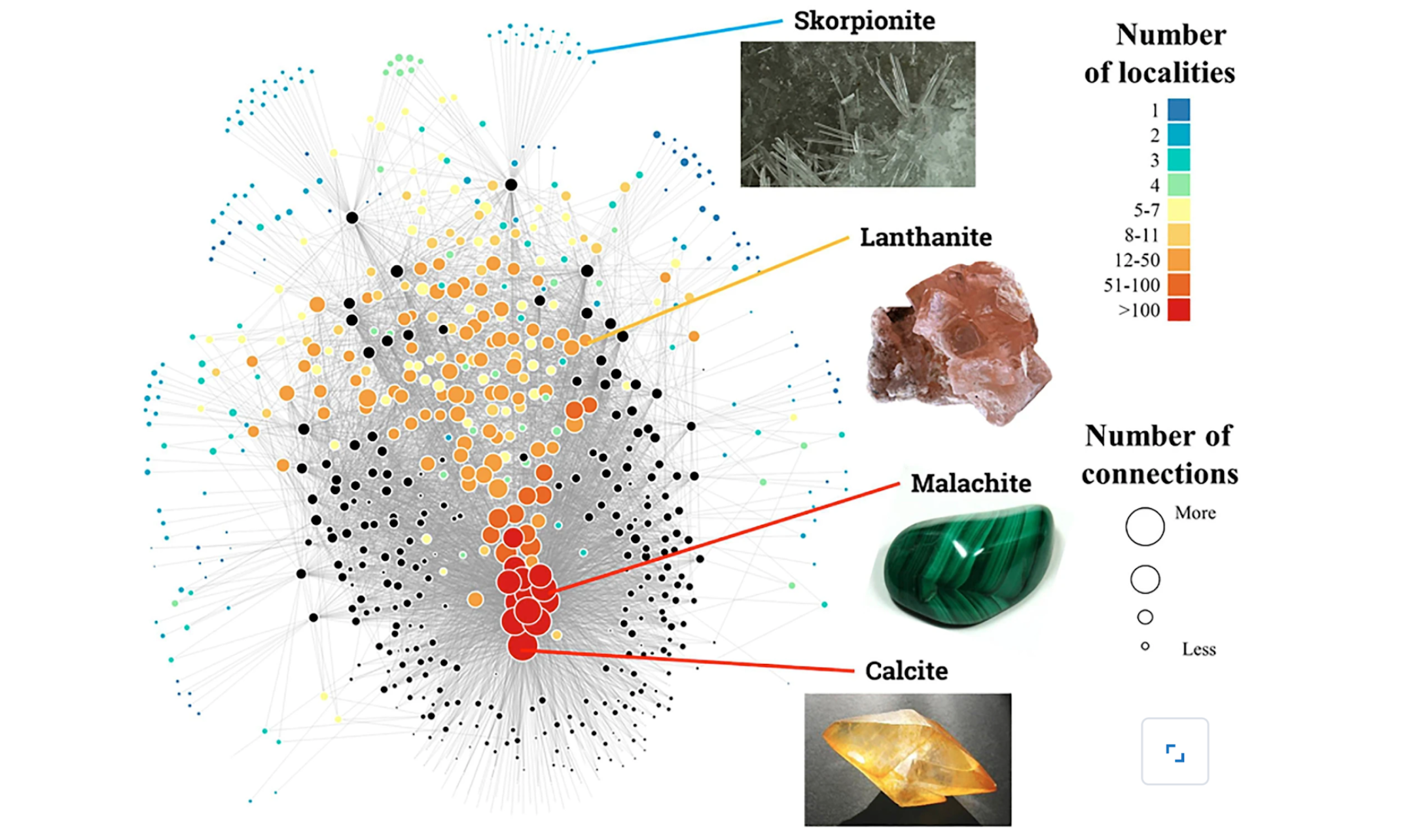
This is where we found the need to develop something on top of the IMA classification system that would allow us to tie these minerals and their properties back into the environment in which they formed. We really want to tie minerals to their evolutionary history—to their geology, biology, and astrobiology.
Minerals can have very complex chemistry. When you look at a mineral you’re talking about dozens of trace elements and isotopes. That’s where data science comes in. We are using cluster analysis to look at higher dimensional trends. Basically, you can look at the relationship between any single element and every other element that makes up a rock and visualize how all of these relationships interact to form distinct groupings.
Let’s imagine that pyrite again. Now, I can look at its multi-variate geochemistry—its titanium, nickel, chromium, cobalt. And even though these elements occur in very tiny amounts, taken altogether, they give me enough information to be able to tell you which one of these higher-level clusters a pyrite sample belongs to, and therefore what its formational environment was.
Publications in the Evolutionary System of Mineralogy series:
- Cluster Analysis of Presolar Silicon Carbide Grains: Evaluation of Their Classification and Astrophysical Implications
- An evolutionary system of mineralogy. Part I: Stellar mineralogy
- An evolutionary system of mineralogy. Part II: Interstellar and solar nebula primary condensation mineralogy
- An evolutionary system of mineralogy. Part III: Primary chondrule mineralogy (4566 to 4561 Ma)
- An evolutionary system of mineralogy, Part IV: Planetesimal differentiation and impact mineralization (4566 to 4560 Ma)
- PREPRINT: An evolutionary system of mineralogy, Part V: Aqueous and thermal alterations of planetesimals
Mars Basecamp 4-H STEM Challenge Outreach
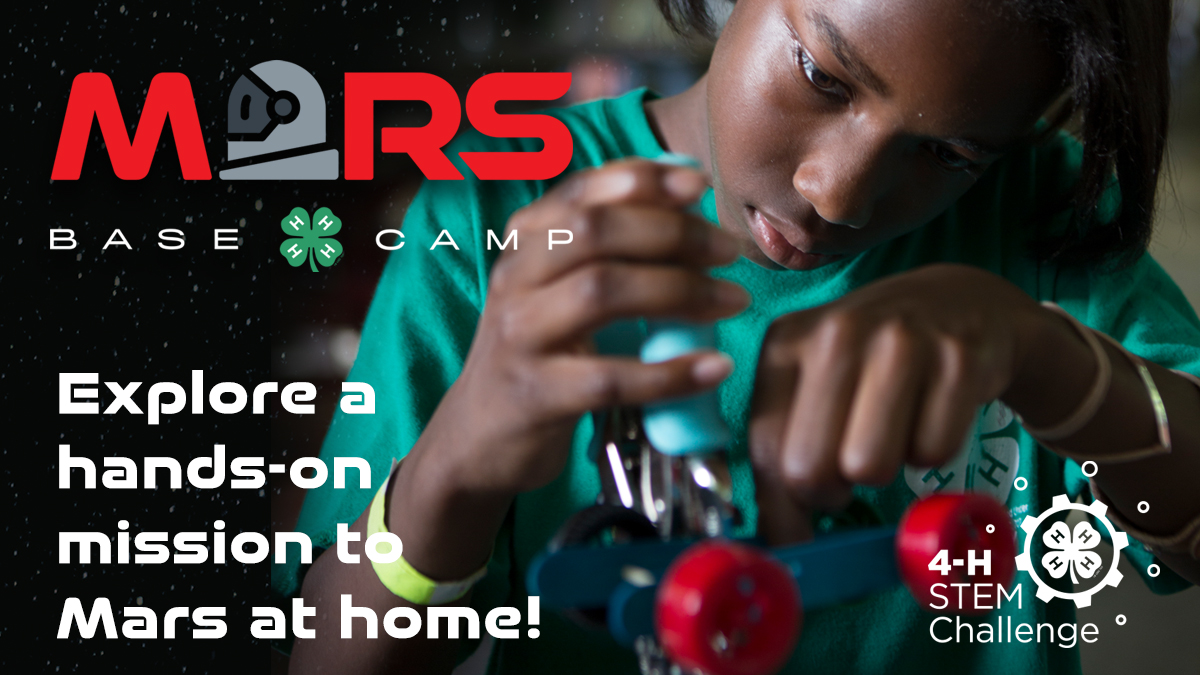
You recently transformed your experience with the Mars Curiosity mission into a very popular 4-H program called MARS Basecamp. Can you tell us a little bit about the history of the program and how this got started?
I've been on the mission for a long time. As a result of that, I often get asked to give talks and public lectures. During graduate school, I was visiting my sister and mother who both live in Lynchburg, VA and they introduced me to a friend Caitlin Unterman, who is an eighth-grade Earth Science teacher.
She asked if I could come to give a talk to her class. I do this on a regular basis, so of course, I said yes. When I went to give a talk, the principal approached me and asked if I wanted to help develop an elective course where the kids plan a mission from start to finish. The kids play to their strengths, encounter and overcome engineering hurdles, think about budgets, and at the end of the “mission”, they “pitch” their mission to a funding panel that includes people like me and local teachers.
I was amazed by how creative these students, how dedicated they are, and how it brings out in them the best. And, in fact, the kids who took the elective performed about 13% better on their state standardized Earth science tests, which was unheard of.
How did it turn from one class into a nationwide program?
Yeah, the results were pretty amazing. We realized we needed to turn this class into an actual curriculum so more people could use it. We started working with the local 4-H club to build a very learning-centered curriculum called Mission to Mars. The local 4-H Agent happened to be my mother, Robbie Morrison, and so we began a really fun collaboration to turn this course into a solid curriculum. Not many people get to collaborate with their parents, so I feel very fortunate.
During this curriculum development, my mom called me up one day to tell me about a national competition to build the 4-H STEM Challenge for 2020. We submitted a proposal based on our curriculum and our project was selected. We got to work with 4-H to adapt our class into a nationwide program called Mars Basecamp.
As we were developing it, COVID hit. So we were able to pivot from an in-person learning experience to something you could do at home. It was also a great year to talk about Mars because the Perseverance Rover landed in July 2020. It was like the kids could follow along on their own mission. Those two things combined made it incredibly popular. At this point, it’s beaten all the engagement metrics for any of the 4-H STEM Challenge programs.
What do kids do for the Mars Basecamp project?
It’s essentially an activity pack where the kids try to figure out what it would take to live on Mars.
There is a guide that walks you through history, science, robotics, and engineering. The kids learn about agriculture at the same time they are learning about Mars and planetary science. They learn what it would be like to grow things on Mars and what it would be like to live there. The kids can build a Rover that actually drives around, we include a little motor and other components in the kit.
Ultimately, they are learning about what it would be like if we actually had a Mars base camp. What are the considerations? What are the constraints?
The whole project kit is $10, and we also have some aspects of it that are online that you don't even need the physical kit for. We also made over 12,000 kits discounted or freely available for underserved communities.
What has the impact been like?
We actually got Bill Nye to be our STEM Challenge ambassador, which was really cool for me personally. I grew up with Bill Nye, the Science Guy, you know? I remember watching him on Saturday morning with my cereal in-hand. So, for him to be an ambassador for something that I helped create is beyond cool.
But, we’ve distributed over 19,000 kits and we blew away the previous numbers for the 4-H STEM challenge. It's just been huge!
You’ve helped create outreach materials for Mars Basecamp and the ENIGMA project. Why do you think that outreach and education are an important part of your job as a scientist?
I think outreach is a part of science. Especially because a lot of science, especially things like NASA, is funded by the federal government—AKA the taxpayers. I feel we have a personal and professional obligation to convey that information to the public.
They are funding this work, so this is their work. They should know about it and see how they benefit from it.
On a more philosophical note, I think science lifts up society in general, especially living in an age where facts and evidence don’t seem to count. It’s incredibly important for scientists to be out there talking not just about the scientific outcomes, but how the science is done. Why science is done.
Becoming a scientist
What did you do before becoming a scientist?
So, I actually started out in business and I ran a pizza restaurant, of which I'm still co-owner. I'm just a silent partner now. I was running a restaurant and I realized that business really wasn't for me.
I knew that I wanted to do something that allowed me to dig down into and understand something in the most fundamental way. I wanted to think deeply about a problem or a system. I thought it would be cool to study chemistry and get a closer look at the atoms that make up the air that we breathe, the computer that we're talking to each other on, our bodies, everything!
Ultimately, that brought me to mineralogy because minerals are a very physical representation of an internal atomic arrangement. It's tricky to look at me and tell how my atoms are arranged, right? But you look at a crystal and you can get a pretty good picture of its atomic structure. We literally study atomic arrangement. So mineralogy and crystallography were kind of my way to start thinking about the way atoms behave in their private lives.
At first, I knew I was interested in chemistry, so I was taking some chemistry classes. Then I started taking some geology classes because, “Hey, Earth science sounds cool!” And I realized that it was a really useful applied science. It used a lot of the chemistry I was already interested in and I loved the fact that it helped me understand the world around me.
Then I took mineralogy. It was like bringing together my love of geology and my love of chemistry. From then on, I was hooked on minerals.
How did you end up at Carnegie Science?
There's always been a Carnegie connection. I worked with Bob Hazen as a graduate student. I met him when I was doing my master’s degree and he was on my committee. My Ph.D. advisor Bob Downs was actually a postdoc with Bob Hazen before he became a professor at the University of Arizona. And, interestingly, his time overlapped with the current EPL Deputy Director, Mike Walter when Mike was a postdoc!
As a grad student, I worked with Bob Hazen as a part of the Keck-sponsored deep time data infrastructure project that ended in 2019. During the project, we took our data to Rensselaer Polytechnic Institute (RPI) to do a datathon for some basic statistical stuff—regression analysis, et cetera—and we were instead met with a whole new world of data science visualization and analysis. Minerals are very complex, and we could really access the multidimensional, multivariate nature of our data for the first time!
What I realized working with the group is that they had the tools and knowledge to help us see our systems at a higher level and recognize trends that we can’t possibly see in a 2D XY plot. I was really excited about this because no one else was doing it. As I was getting ready to finish my Ph.D., Bob told me he had an opportunity to apply for a grant with the Sloan Foundation through the Deep Carbon Observatory, and it was a no-brainer for me. We applied for the funding, got it, and he was able to support me as a postdoc! I defended my thesis in 2016 and came straight to Carnegie as a postdoc and I’ve been here ever since.
Why did Carnegie appeal to you?
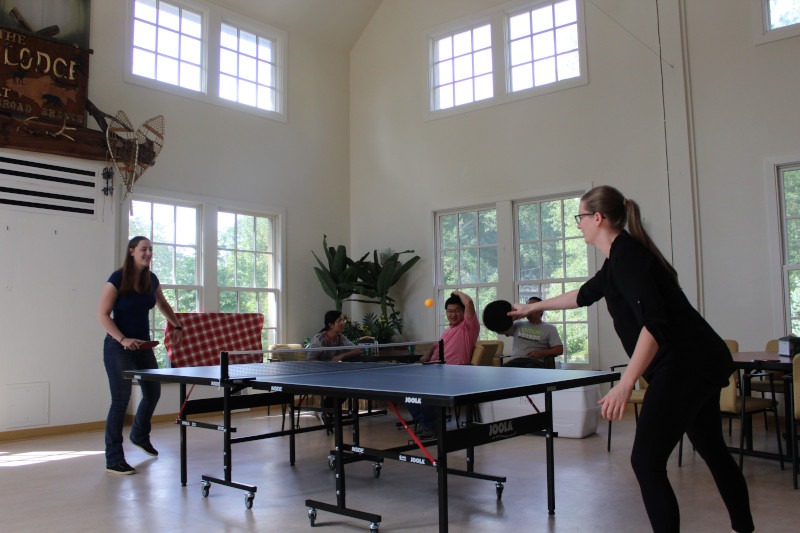
Carnegie appealed to me because of its very open-ended approach to research. At Carnegie, we aren’t teaching and salaries aren't beholden to grants. This creates an almost unheard-of level of scientific freedom! Plus, there are so many different fields co-existing in the same place, which makes for a really exciting collaborative environment. It’s a wonderful place to really explore this kind of new area of data-driven discovery and mineralogy and Earth science.
Since then I’ve had three different roles at Carnegie and I’ve been able to watch this field of data science in Earth and planetary science grow, while advancing my own field of mineralogy. When I started this work, I’d go to a conference and people didn’t really get it. What’s the point of using machine learning? Can data science really tell us anything we don’t already know? Now when I go, there are always multiple sessions of machine learning in Earth or planetary sciences and I get multiple requests a week to give seminars on our work.
It’s been really cool to be a part of this kind of explosion in the recognition of the usefulness of data science and at the forefront of using data science as a tool to explore mineralogical systems. And I probably couldn’t have done that outside of the Carnegie environment, which gave me the freedom to pursue my own directions, even if they seemed high-risk in the beginning.
Do you have any advice for people looking to get into science later in their lives?
You’re going to want to get a degree in math, engineering, or science. Personally, I think math opens up a lot of opportunities later in your academic career. You can take your math degree and apply it to pretty much anything you want. So, get a degree in math and then supplement with classes in the science that you’re interested in.
Then after your bachelor’s, you can do a master's; you can do a Ph.D.; you can do a postdoc. It depends on what your ultimate career goals are. There are tons of internships across the sciences, which are an excellent way to figure out what you want to study and build your network.
Science can be very accessible and there are lots of different types of jobs that people can have within science. Also, some people need to hear this, the way scientists are portrayed in the media is just not accurate. Scientists aren’t these elite geniuses with special brains. Anyone can be a scientist.
It doesn’t matter how smart you are. I am not a genius. I’m probably of average intelligence. What is necessary, however, is that you’re willing to work really hard, not give up, and keep at your problem, sometimes on the timescale of many years. It’s not always the answer you want, but, with persistence, you’ll get it! A little creativity doesn't hurt. But extreme intelligence is not a prerequisite.
Now for the final question, do you have a favorite mineral?
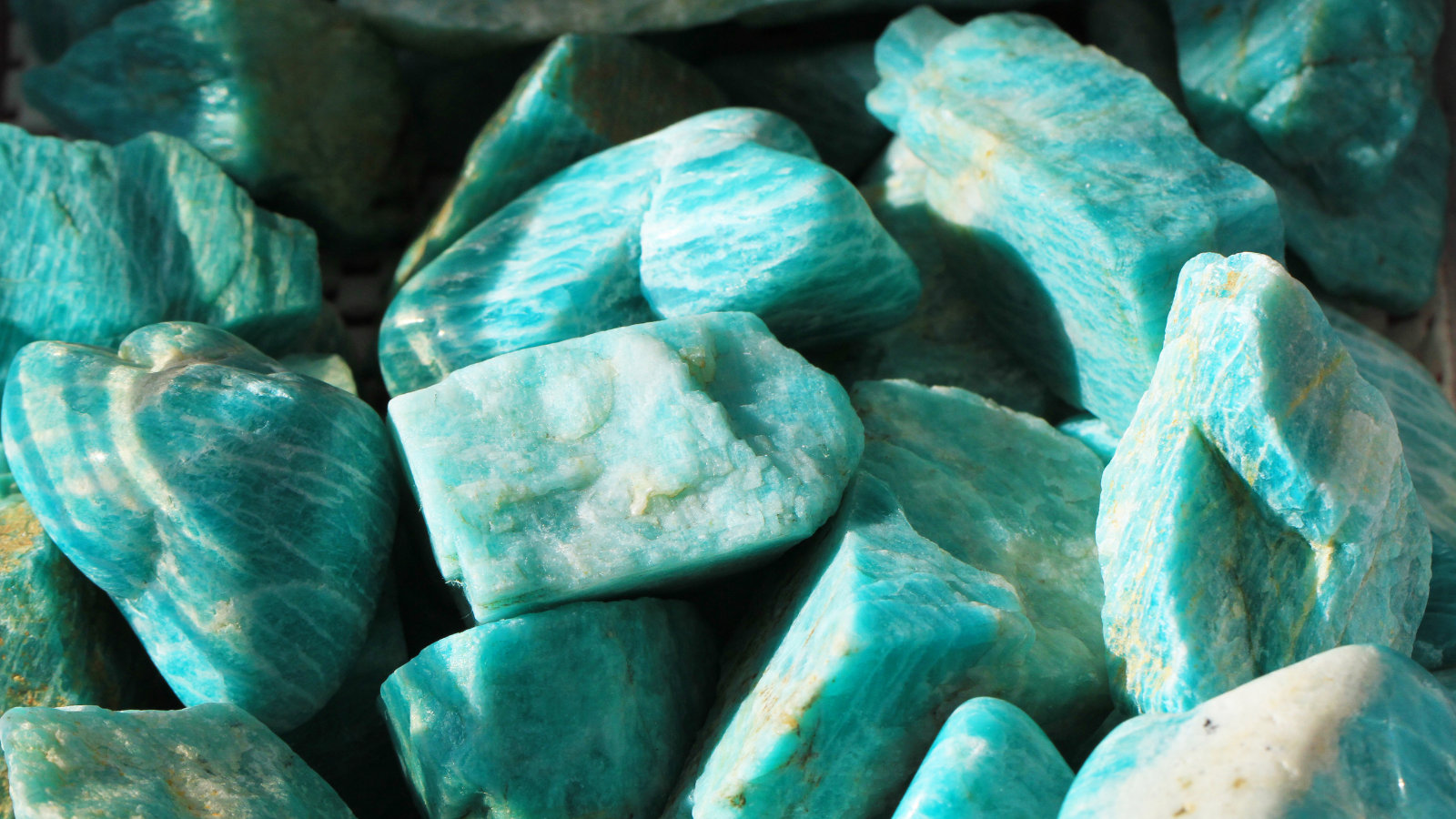
Any of the potassium feldspars, so orthoclase or microcline. They're feldspars so they're major rock-forming minerals. They make up most of the continent, and microclines make these amazing blue-green crystals that are a little weird-looking.
Yeah, I just like them!
Stay connected with Shaunna Morrison on Twitter at @s_morrison.
